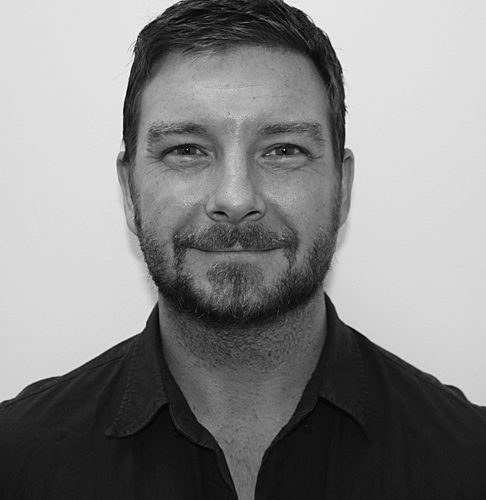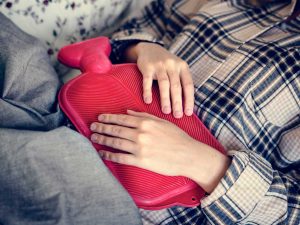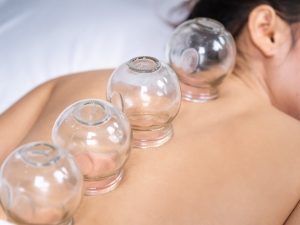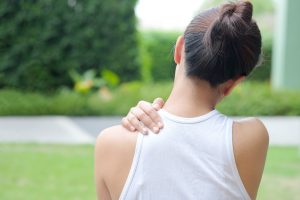Acupuncture for Sciatica
What is sciatica?
Sciatica is the name for pain that travels along the pathway of the sciatic nerve. This is essentially pain that often starts in the lower back or buttock area, and then radiates down the thigh, lower leg, and sometimes into your foot. It is usually found travelling down the outside or the back of your leg, though can sometimes be felt along the inside of your thigh too. It is common to have it in one leg only, though on rare occasions it can be in both legs at the same time.
What causes sciatica?
Sciatica is usually caused by compression of the vertebral discs in your lower spine that then presses on the sciatic nerve. Sciatica can sometimes be caused by an acute injury, such as from lifting a heavy object, or twisting while carrying a heavy load. It can also start more slowly, and is often from prolonged sitting over long periods and poor posture.
Other causes of sciatica can include:
- Piriformis syndrome – where the piriformis muscle aggravates the sciatic nerve
- Canal stenosis – this is where there is a narrowing of the spinal canal, not allowing enough room the nerve to pass through, which will then rub on it, causing pain
- Bony growths, such as osteophytes
Common treatments of sciatica include painkillers, anti-inflammatory medication, stretching/exercises, and manual therapy. Sciatic pain can last for 6-12 weeks or even longer, and although mild cases may resolve on their own without treatment, more involved cases may require a number of different treatment options to get on top of the pain.
Can acupuncture help with sciatica pain?
Acupuncture has been shown to be an effective treatment for sciatica, and has been found to be more effective then standard treatments including painkillers, manual therapy or exercise therapy.
What is an acupuncture treatment for sciatica pain relief like?
I will often use electroacupuncture in my treatments, along with cupping and anti-inflammatory herbal formulas to help improve the response. Acupuncture can be used safely alongside other treatments that you may pursue, including pain relief medications or other manual therapies.
Your acupuncture session will last for about an hour. In the initial appointment I will take a comprehensive history to determine causes and contributing factors. If you have any X-ray reports or other imaging results, bring these along as they can help to guide my treatment.
During the treatment I will have you lie comfortably on the massage table. I may use a combination of standard acupuncture, electroacupuncture, cupping, heat therapy, and ear acupuncture. I may also prescribe natural anti-inflammatory supplements if they will help in your recovery.
How long will it take to see improvements?
It depends on a number of factors, including how long the pain has been there for, your age, your work and lifestyle, and exercise and other treatment options being used. In general though, I would like to see positive changes within the first 3-4 sessions. Nerve pain can sometimes be a bit more stubborn, but often patients will start to feel some improvement after the first or second treatment.

Lachlan McDonald
acupuncture
Questions?
If you would like to speak with me about how acupuncture can help you, or if you have any questions, please don’t hesitate to get in touch by calling the clinic on (03) 8774 5588 or by sending me a message.




